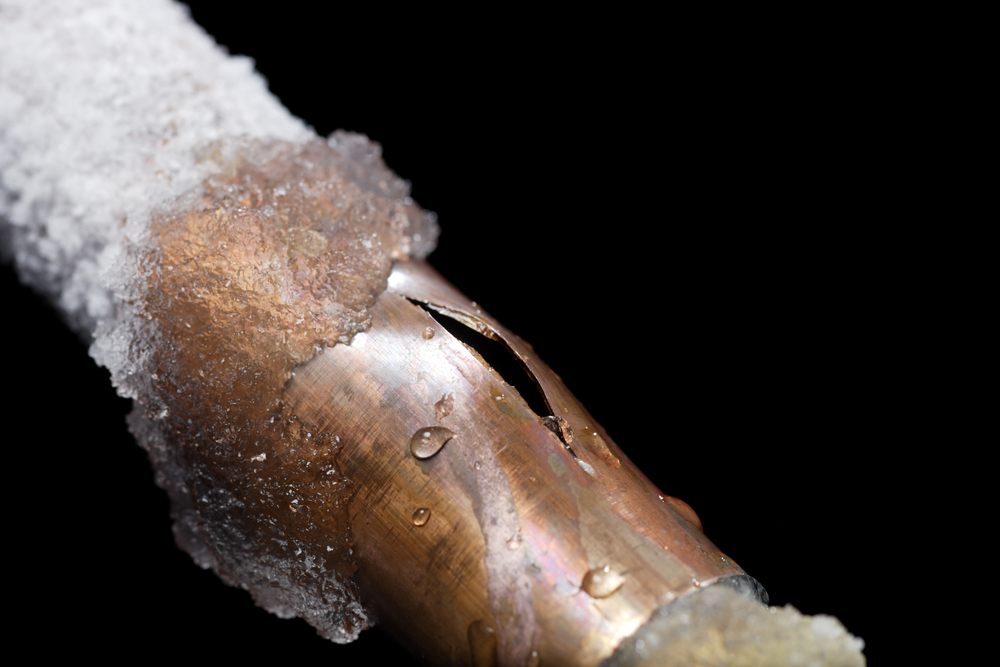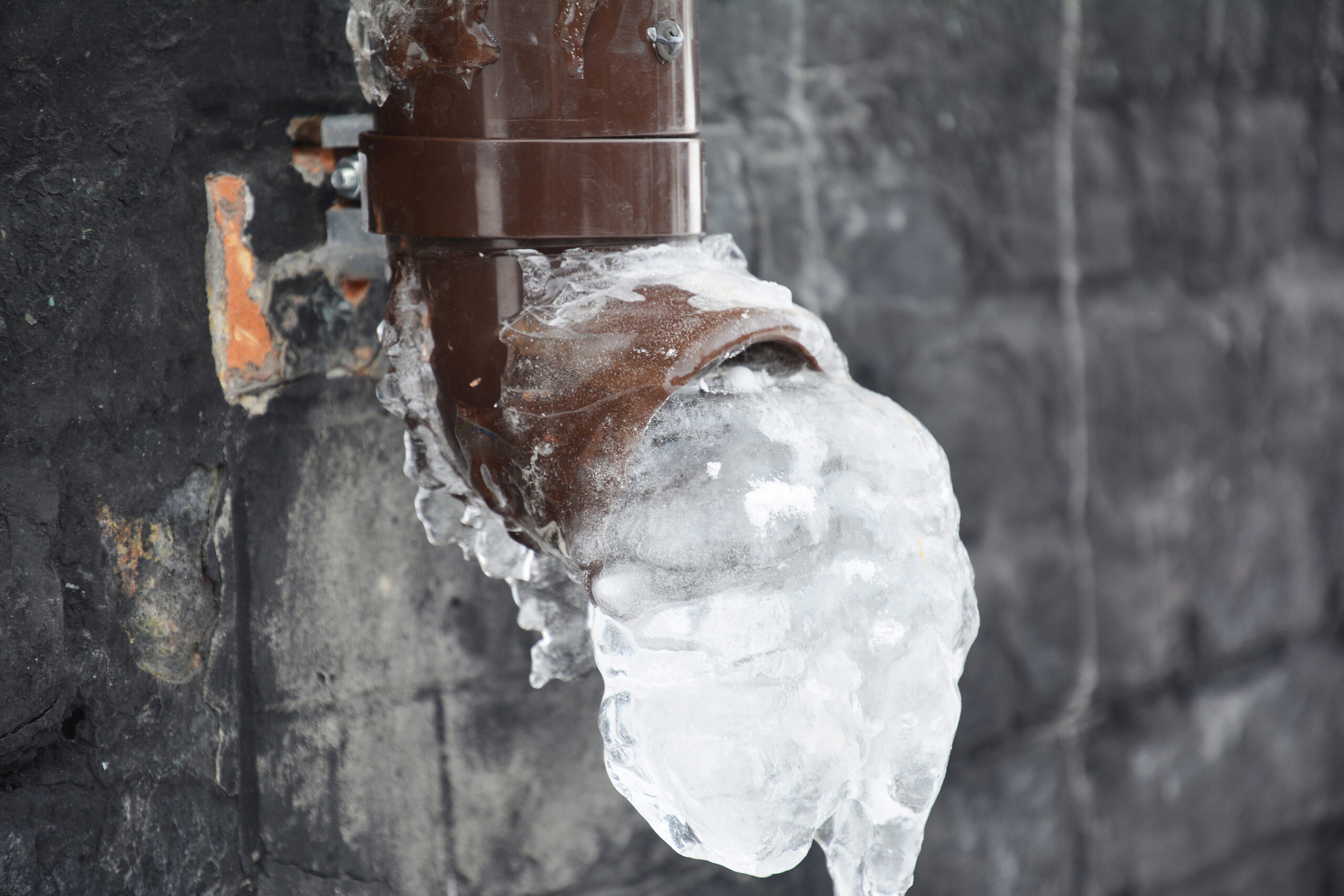Guidance for Avoiding Frozen Pipes in Winter: Specialist Insights
Guidance for Avoiding Frozen Pipes in Winter: Specialist Insights
Blog Article
Just about every person seems to have their unique way of thinking on the subject of 6 Ways to Prevent Frozen Pipes.

Cold weather can damage your pipes, specifically by freezing pipes. Right here's exactly how to avoid it from taking place and what to do if it does.
Intro
As temperature levels decrease, the danger of frozen pipes boosts, potentially leading to pricey repair services and water damage. Understanding just how to avoid frozen pipelines is important for homeowners in chilly climates.
Understanding Frozen Pipes
What creates pipes to freeze?
Pipelines freeze when subjected to temperature levels below 32 ° F (0 ° C) for extended durations. As water inside the pipelines freezes, it expands, putting pressure on the pipeline walls and potentially causing them to break.
Threats and problems
Frozen pipelines can bring about water disruptions, property damage, and costly repair services. Burst pipes can flooding homes and cause comprehensive architectural damage.
Indications of Frozen Pipes
Recognizing frozen pipelines early can avoid them from rupturing.
Just how to identify icy pipes
Look for lowered water flow from taps, uncommon odors or noises from pipelines, and noticeable frost on revealed pipes.
Prevention Tips
Insulating susceptible pipes
Wrap pipelines in insulation sleeves or make use of heat tape to protect them from freezing temperature levels. Concentrate on pipelines in unheated or outside locations of the home.
Home heating methods
Keep interior rooms adequately warmed, specifically locations with pipes. Open up cabinet doors to permit warm air to distribute around pipes under sinks.
Protecting Outside Plumbing
Garden tubes and outside taps
Separate and drain yard hose pipes before winter season. Mount frost-proof spigots or cover exterior faucets with insulated caps.
What to Do If Your Pipelines Freeze
Immediate activities to take
If you suspect icy pipelines, maintain faucets available to relieve stress as the ice melts. Utilize a hairdryer or towels taken in warm water to thaw pipelines slowly.
Long-Term Solutions
Architectural changes
Consider rerouting pipes away from exterior walls or unheated areas. Add extra insulation to attics, basements, and crawl spaces.
Upgrading insulation
Invest in premium insulation for pipes, attics, and wall surfaces. Correct insulation assists preserve consistent temperature levels and lowers the threat of icy pipes.
Conclusion
Preventing icy pipes requires positive steps and fast reactions. By understanding the causes, indicators, and preventive measures, home owners can shield their plumbing throughout winter.
5 Ways to Prevent Frozen Pipes
Drain Outdoor Faucets and Disconnect Hoses
First, close the shut-off valve that controls the flow of water in the pipe to your outdoor faucet. Then, head outside to disconnect and drain your hose and open the outdoor faucet to allow the water to completely drain out of the line. Turn off the faucet when done. Finally, head back to the shut-off valve and drain the remaining water inside the pipe into a bucket or container. Additionally, if you have a home irrigation system, you should consider hiring an expert to clear the system of water each year.
Insulate Pipes
One of the best and most cost-effective methods for preventing frozen water pipes is to wrap your pipes with insulation. This is especially important for areas in your home that aren’t exposed to heat, such as an attic. We suggest using foam sleeves, which can typically be found at your local hardware store.
Keep Heat Running at 65
Your pipes are located inside your walls, and the temperature there is much colder than the rest of the house. To prevent your pipes from freezing, The Insurance Information Institute suggests that you keep your home heated to at least 65 degrees, even when traveling. You may want to invest in smart devices that can keep an eye on the temperature in your home while you’re away.
Leave Water Dripping
Moving water — even a small trickle — can prevent ice from forming inside your pipes. When freezing temps are imminent, start a drip of water from all faucets that serve exposed pipes. Leaving a few faucets running will also help relieve pressure inside the pipes and help prevent a rupture if the water inside freezes.
Open Cupboard Doors
Warm your kitchen and bathroom pipes by opening cupboards and vanities. You should also leave your interior doors ajar to help warm air circulate evenly throughout your home.

I found that review about 6 Ways to Prevent Frozen Pipes when doing a lookup on the web. Sharing is caring. One never knows, you will be doing someone a favor. Thanks a lot for your time invested reading it.
Call Today Report this page